Shooting involves the safe use of firearms and is widely used for feral cat control in Australia to reduce populations in a targeted way. Shooting is highly labour-intensive, and it is likely that only a small proportion of the feral cat population is seen and removed with this method. This makes shooting difficult to apply at a landscape scale, but it is useful for targeting small areas or problem animals.
Shooting is typically undertaken at night when feral cats are most active. Traditionally, a spotlight is used from a vehicle to help sight and track animals. Recently, more use is being made of thermal or night-vision optics to help spot animals. Thermal drones have been used successfully to locate animals and to direct shooters into position.
Shooting is a humane method of removing feral cats when it is carried out by experienced, skilled and responsible shooters. The animal must be clearly seen, within range, and shot with the correct firearm, ammunition and placement.
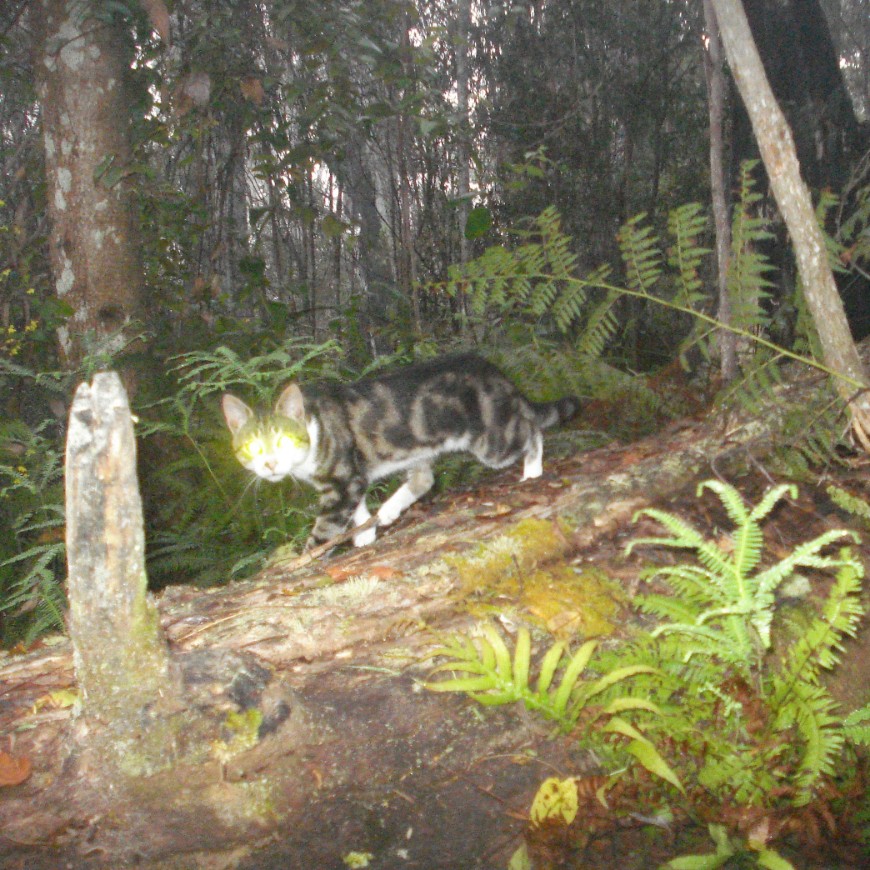
Eyeshine can help detect cats at night. Photo: Phil Redpath.
Advantages of shooting
- Shooting is a humane method of control when carried out effectively.
- Shooting is appropriate for smaller areas and or targeting problem animals.
- Shooting is highly target-specific, reducing the chance of harm to off-target animals.
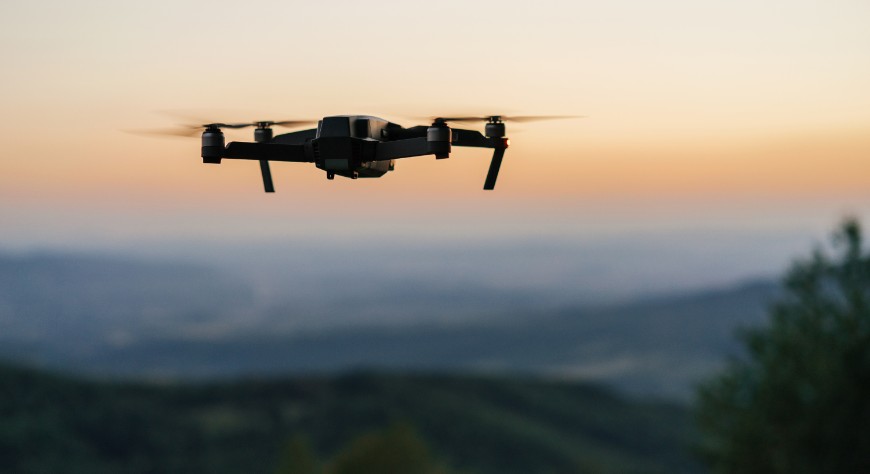
New technology like drones and thermal scopes are improving effectiveness of shooting as a tool for feral cat control. Photo: pixelfit.
Things to consider when shooting
- Shooting is not appropriate or effective for landscape-scale control. Not enough feral cats will be removed from an area by shooting alone.
- Shooting is time- and labour-intensive.
- Shooting requires skilled shooters with the right licences and permits.
- There are hazards inherent to using firearms.
- Shooting is difficult in highly populated areas.
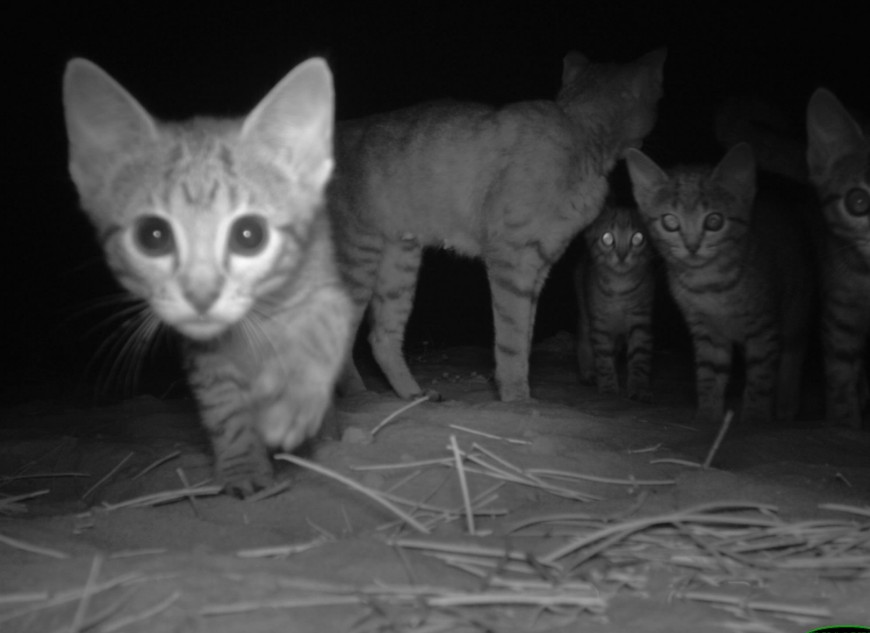
Shooting alone does not reduce feral cat populations enough to counter breeding success. Photo: Linda Reinhold.
Effective use
Shooting can be an effective strategy for feral cat control over small areas due to its efficiency when trained and experienced shooters are used. It is best suited on flat land with open vegetation. However, feral cats can quickly re-invade an area.
Maintaining high animal welfare standards is an important part of any shooting program.
Using trained, skilled shooters is essential to achieving humane and effective results. Carefully select firearms with the appropriate calibre and accuracy for a clean kill, while adhering to legal requirements and safety protocols. Shooting should never be undertaken from a moving vehicle.
Shooting is most effective early in the evening when feral cats are most active along tracks, fence lines or around food sources such as rubbish tips or rabbit warrens.
The success of a shooting program requires careful planning and execution, and is best integrated into a comprehensive pest management strategy that uses several control methods. Relying solely on shooting may not provide sustainable long-term control, as feral cats reproduce and reinvade rapidly.
To be effective and to ensure best practice shooting for feral cat control you should comply with:
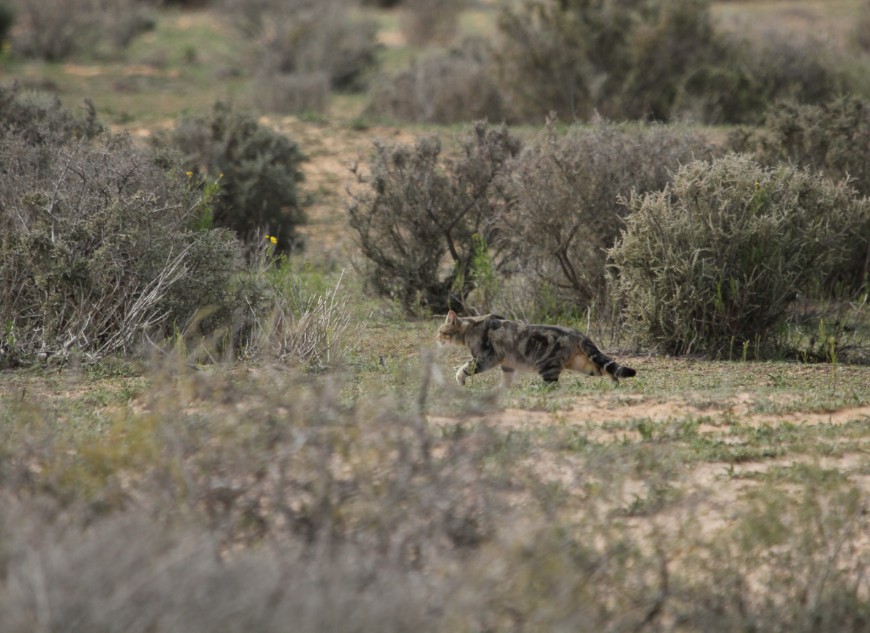
Shooting is most useful in flat, open landscapes. Photo: Gillian Basnett.
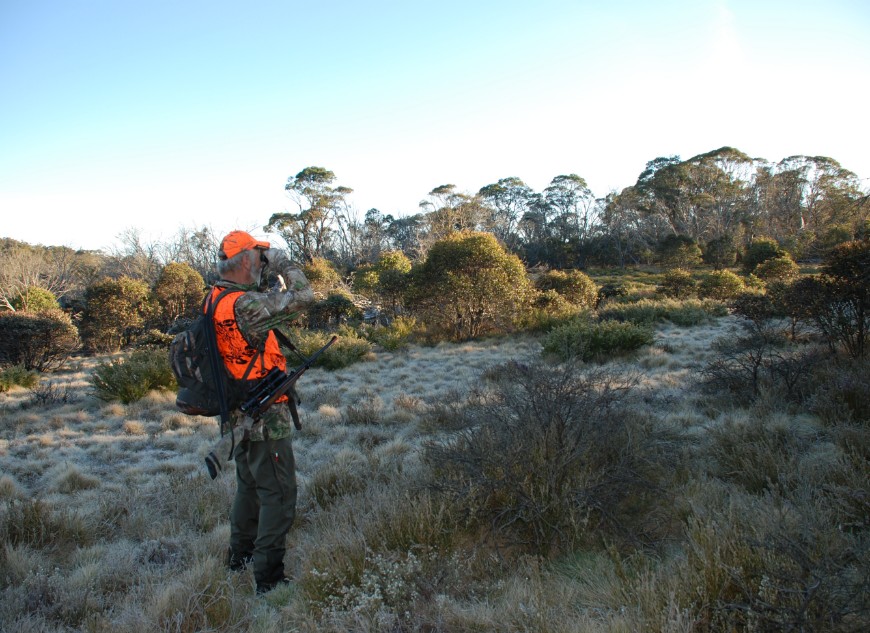
Skilled shooters with an understanding of feral cat behaviour is vital for effective control. Photo Parks Victoria.
Laws for shooting feral cats
Shooters must comply with the relevant state or territory Firearms Act. A firearms licence and permits are required for the land you are shooting on.
Shooting must be undertaken in accordance with relevant Animal Welfare or Prevention of Cruelty to Animal Act and Regulations, including not causing unnecessary harm.
Shooting for feral cat control is permitted in all states and territories; however, there are some restrictions on certain land tenures, certain distances from buildings and in urban areas.
You must have landholder or land manager permission if shooting on someone else’s property or public land.
Contact your state or territory for more information on regulatory requirements for your program.
Banner photo: Kevin Rothschild
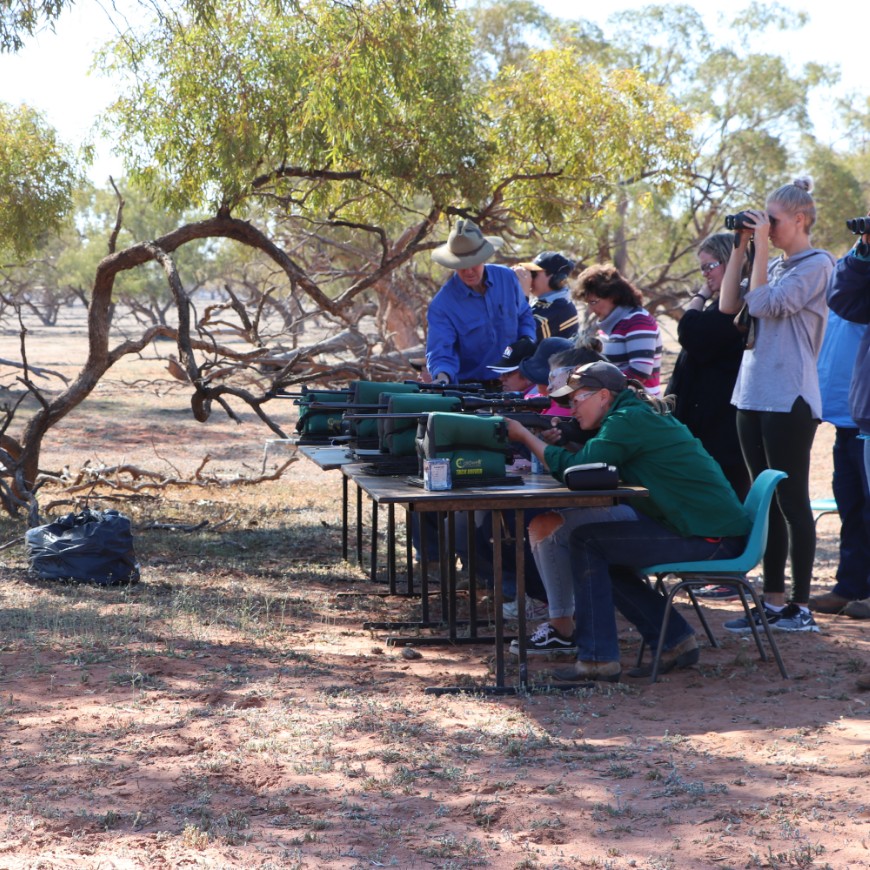
Trained, licences and permits are required for firearms use. Photo: Bruce Duncan.
